An interview with Yoichiro Nishimura
Flowers of the Shadow
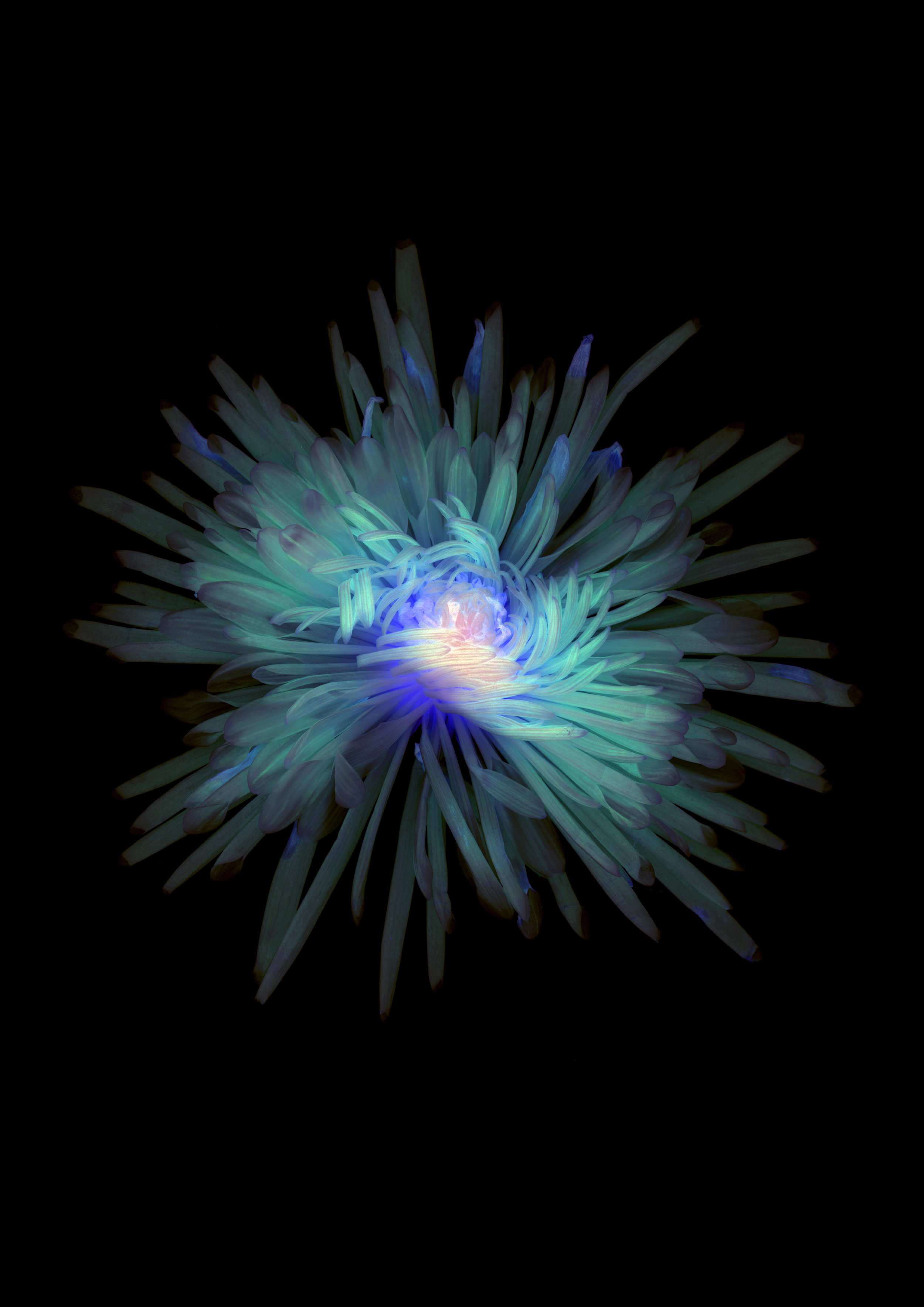
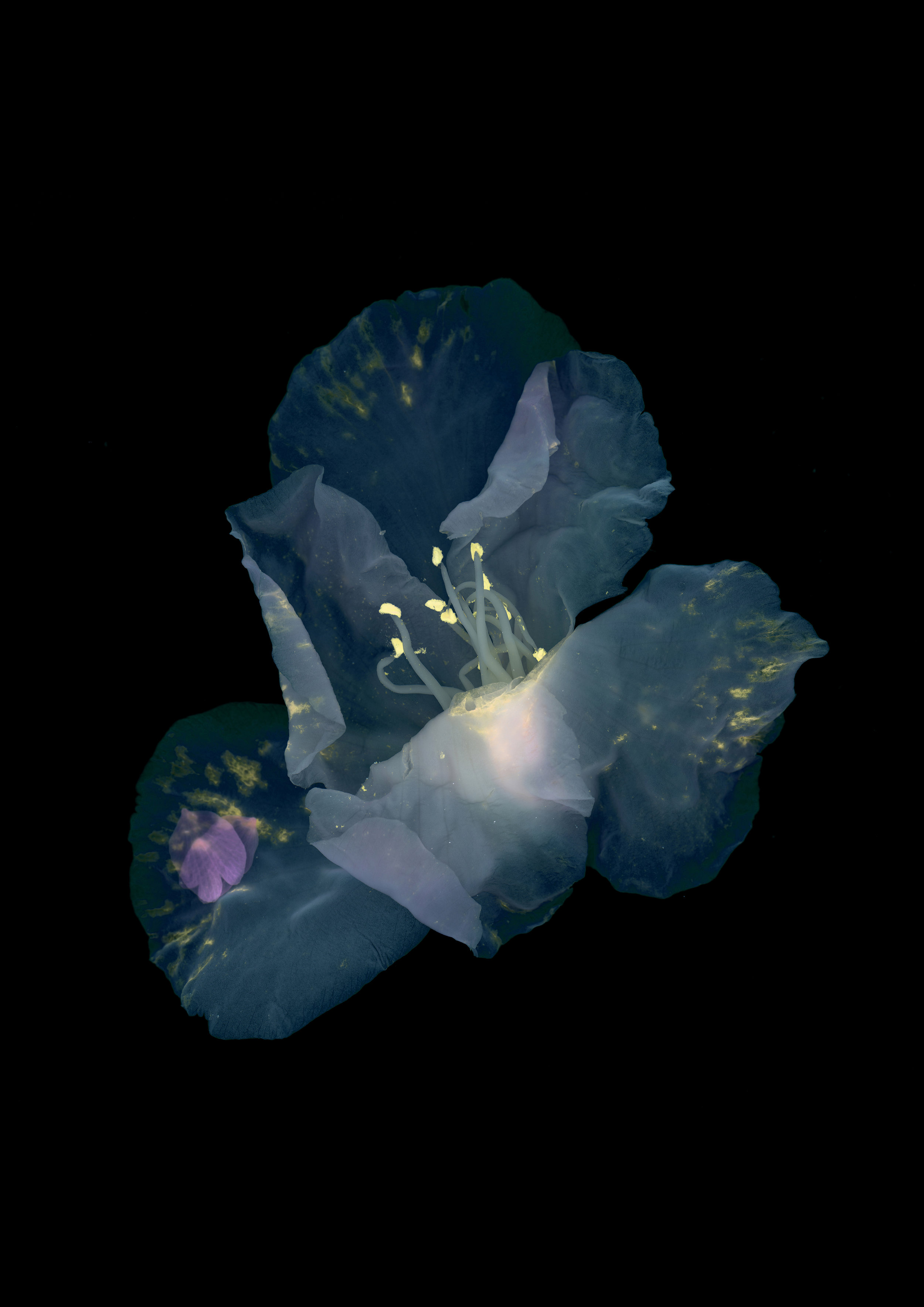
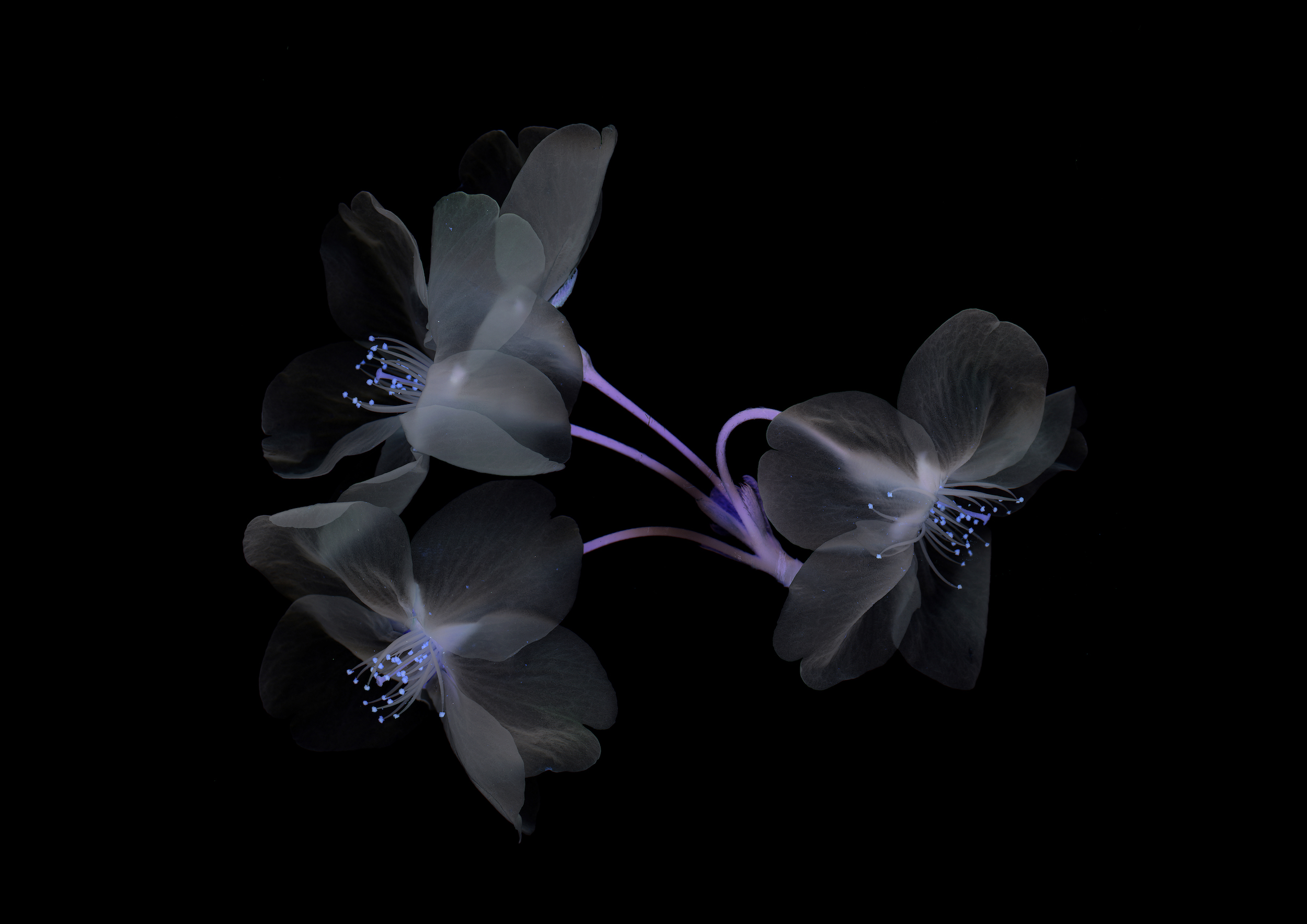
Photogram is one of the oldest techniques in the area of photography. In fact, this could be said to have existed before the invention of photography; there are historical records, predating the creation of photography, which describes the process of capturing a photographic image, by placing the object on top of a paper coated with silver chloride and silver nitrate, and exposing it to light.
Being fascinated by the medium of photogram, Yoichiro Nishimura has continued to apply this technique into many of his artworks over the past years. His practice is not about mere representation of a conscious revival of traditional techniques, nor a return to the source. For Nishimura, photogram is rather a promising ground that allows him to explore and expand his new creative expressions; furthermore, the medium could indicate the possibility of new photographic expressions, still yet to come.
Nishimura has undertaken a new and original photographic technique, which he calls scangram. Scangram (Scanography) can be described as a digital version of photogram. It is a technique to create a negative digital image of an object, such as owers and leaves, by placing them on top of a scanner. Thee biggest feature is in how the color is reversed from the original color into the complimentary color, as much as how the form and outline of an object is captured; thus a red Hibiscus or Azalea would result in a blue-ish outcome. The visual is extraordinary; the owers exude a mystic atmosphere, as if they were bathed in moonlight. rough transforming themselves from the world of the positive to the negative, “owers of the shadow” come to light. When looking back in the history of photography as media expressions, we come across practitioners - similar to magicians or alchemists - who indulged their passions in creating mystical images, rather than representing or documenting the reality as it is. For them, photogram remained an important tool for their creative expressions. Man Ray, known as “alchemist of images” , is one of the many practitioners of photogram representing the 20th century; and clearly, Yoichiro Nishimura is a photographer following the same artistic lineage.
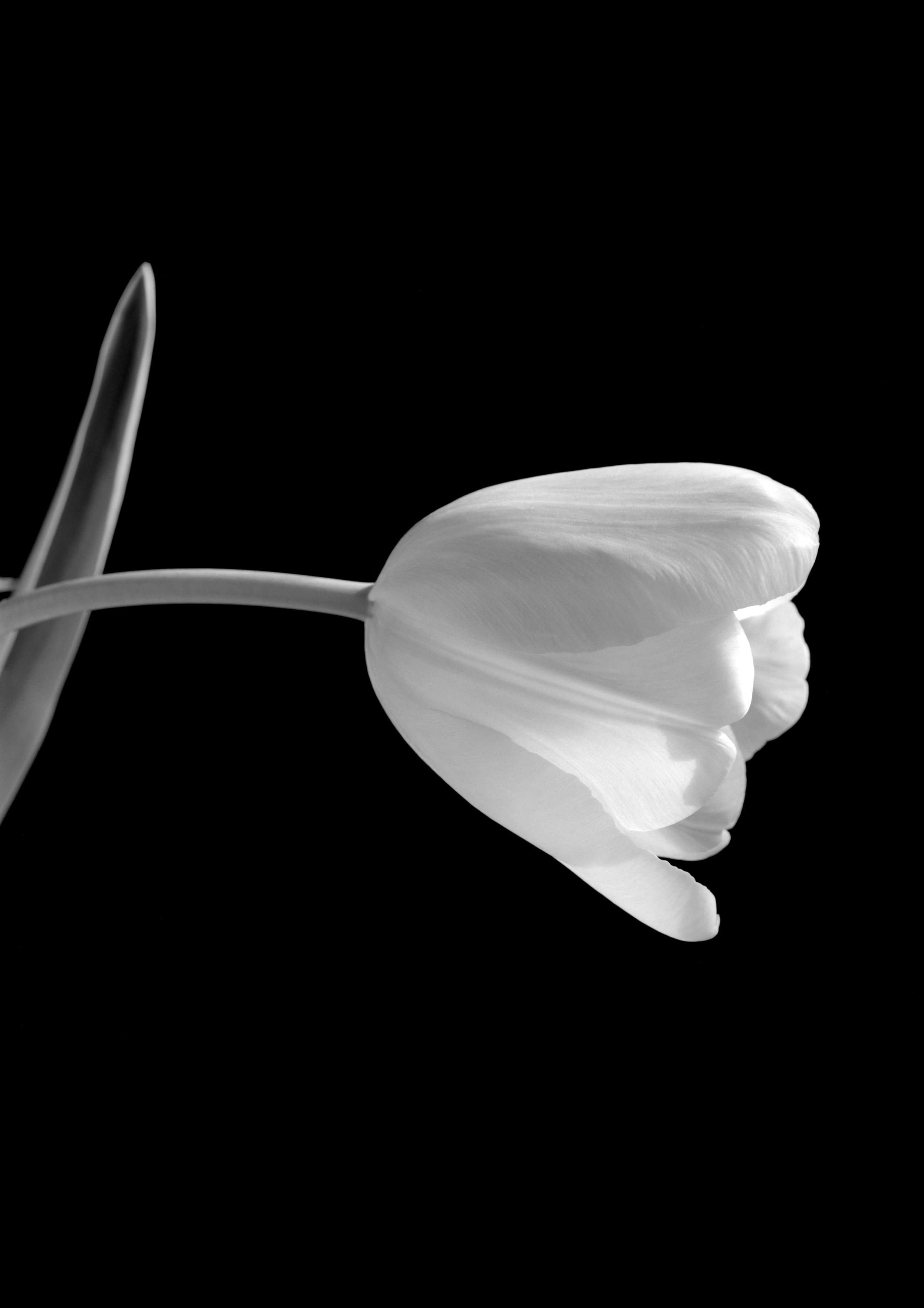
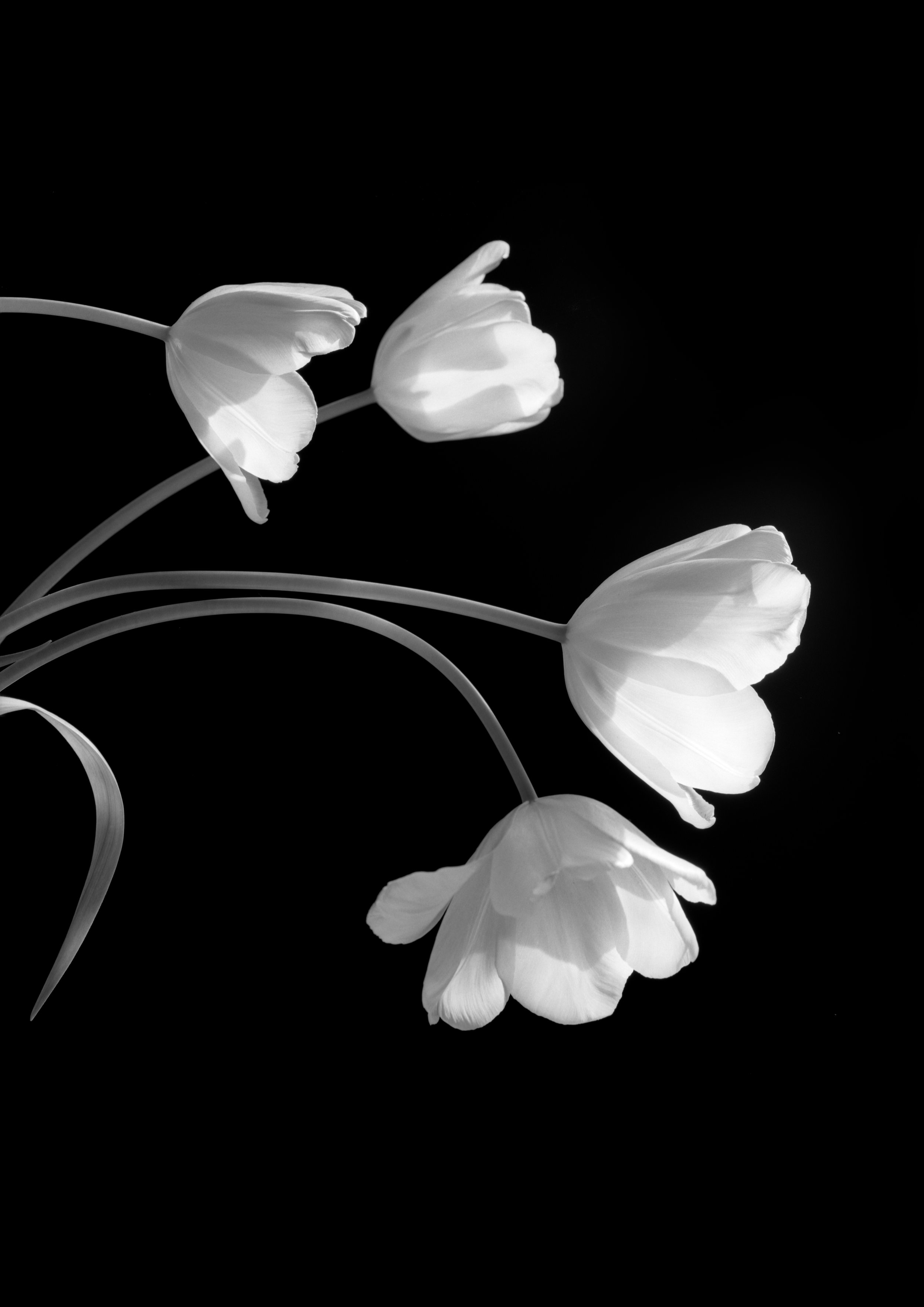
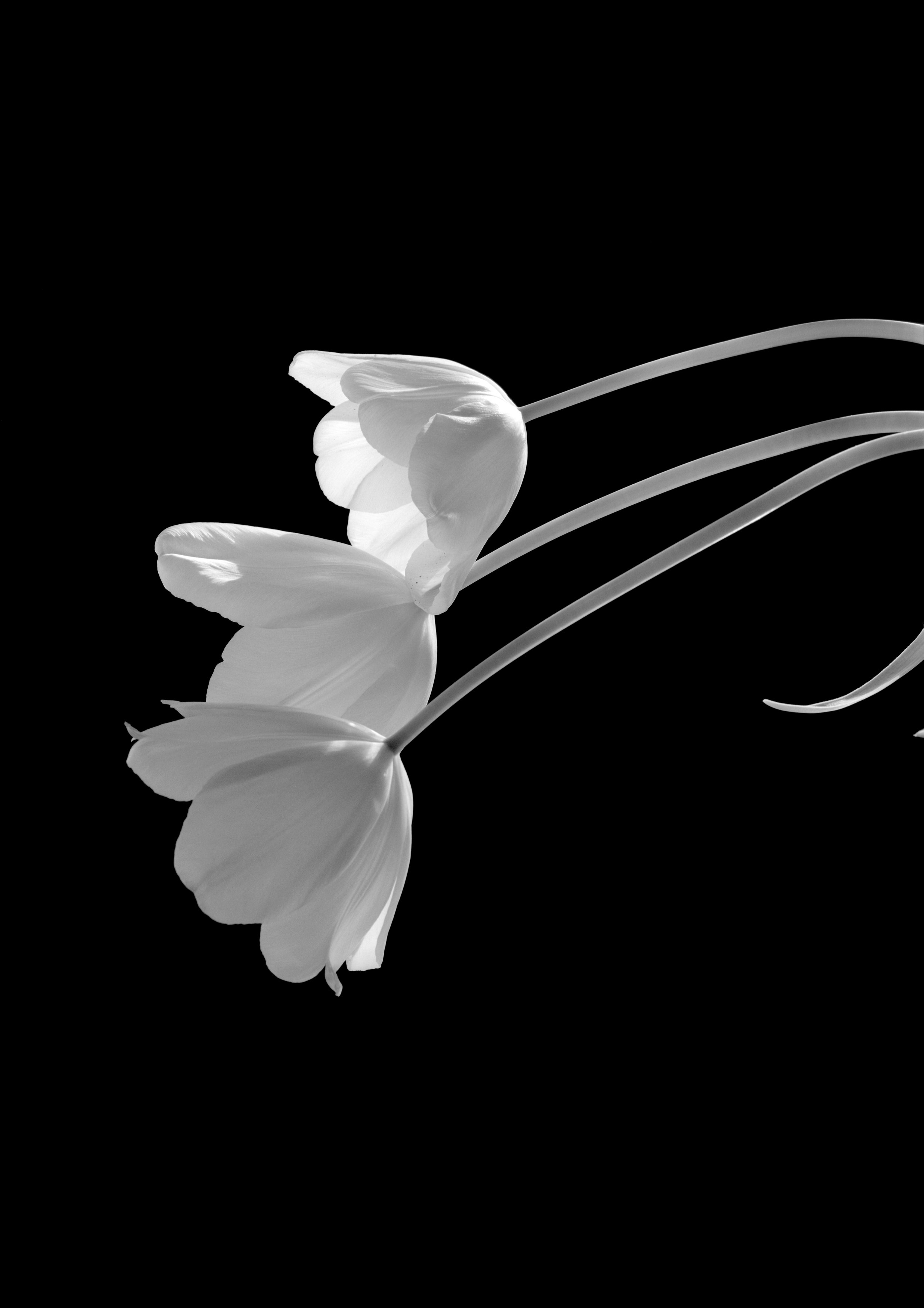
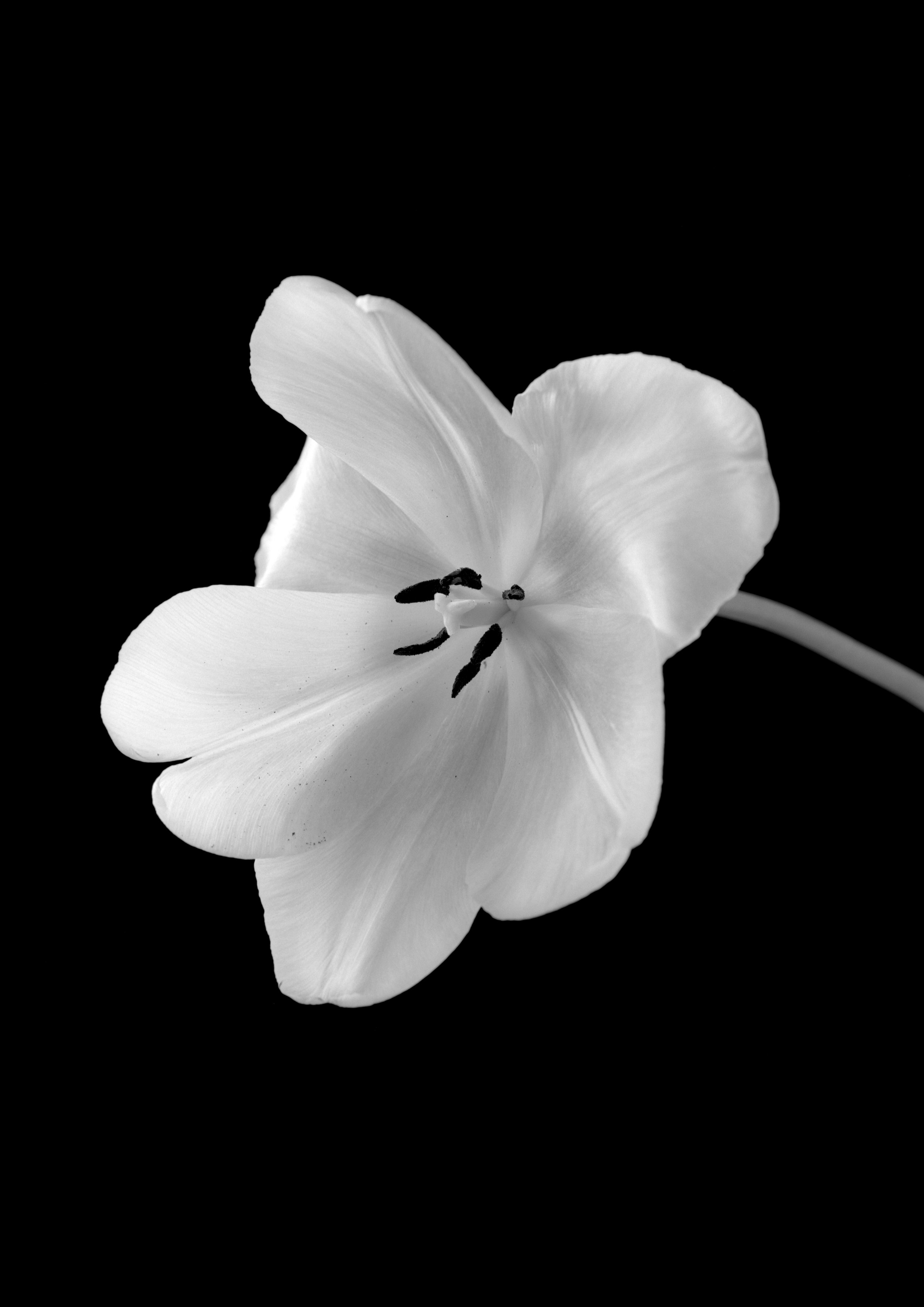
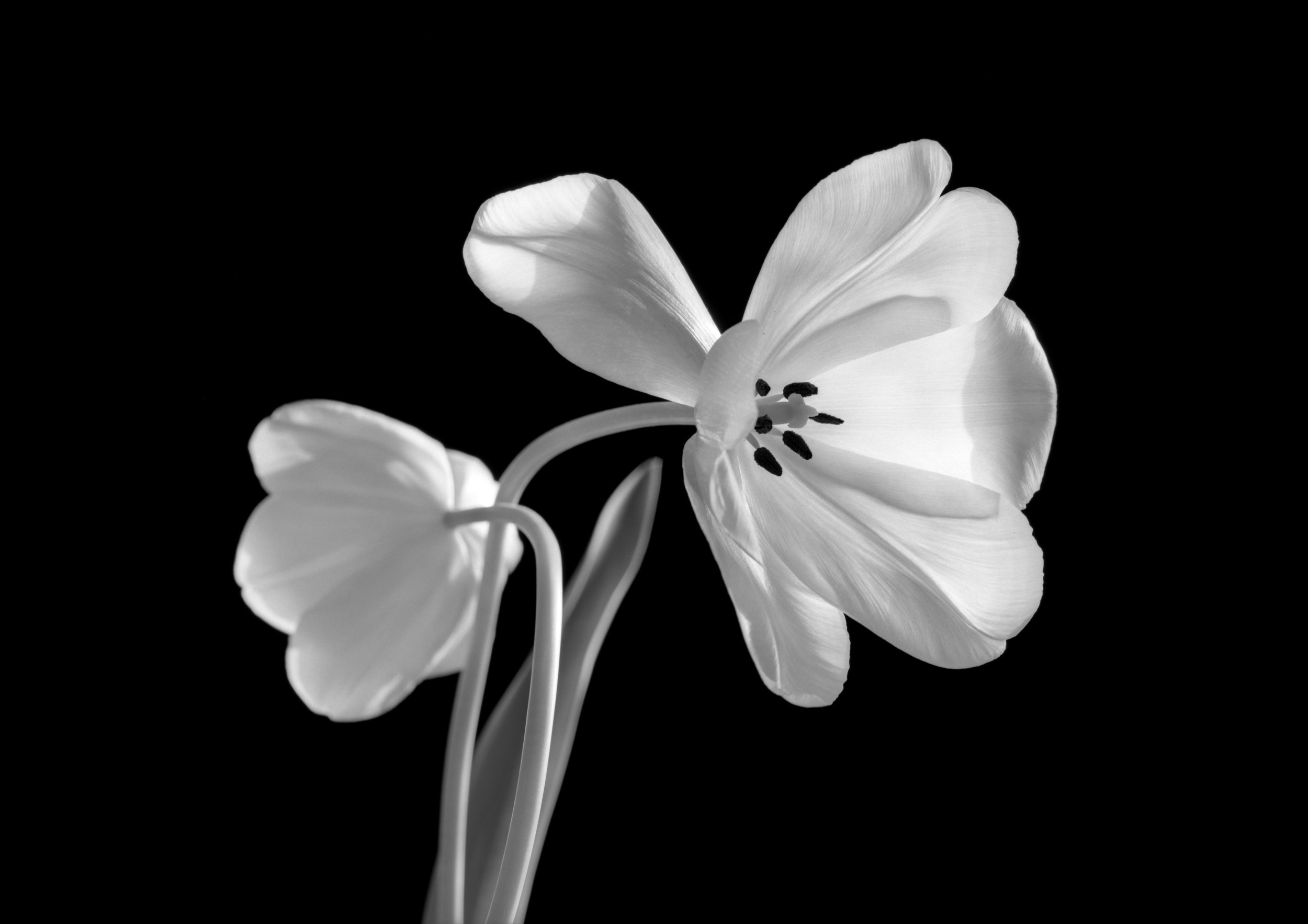
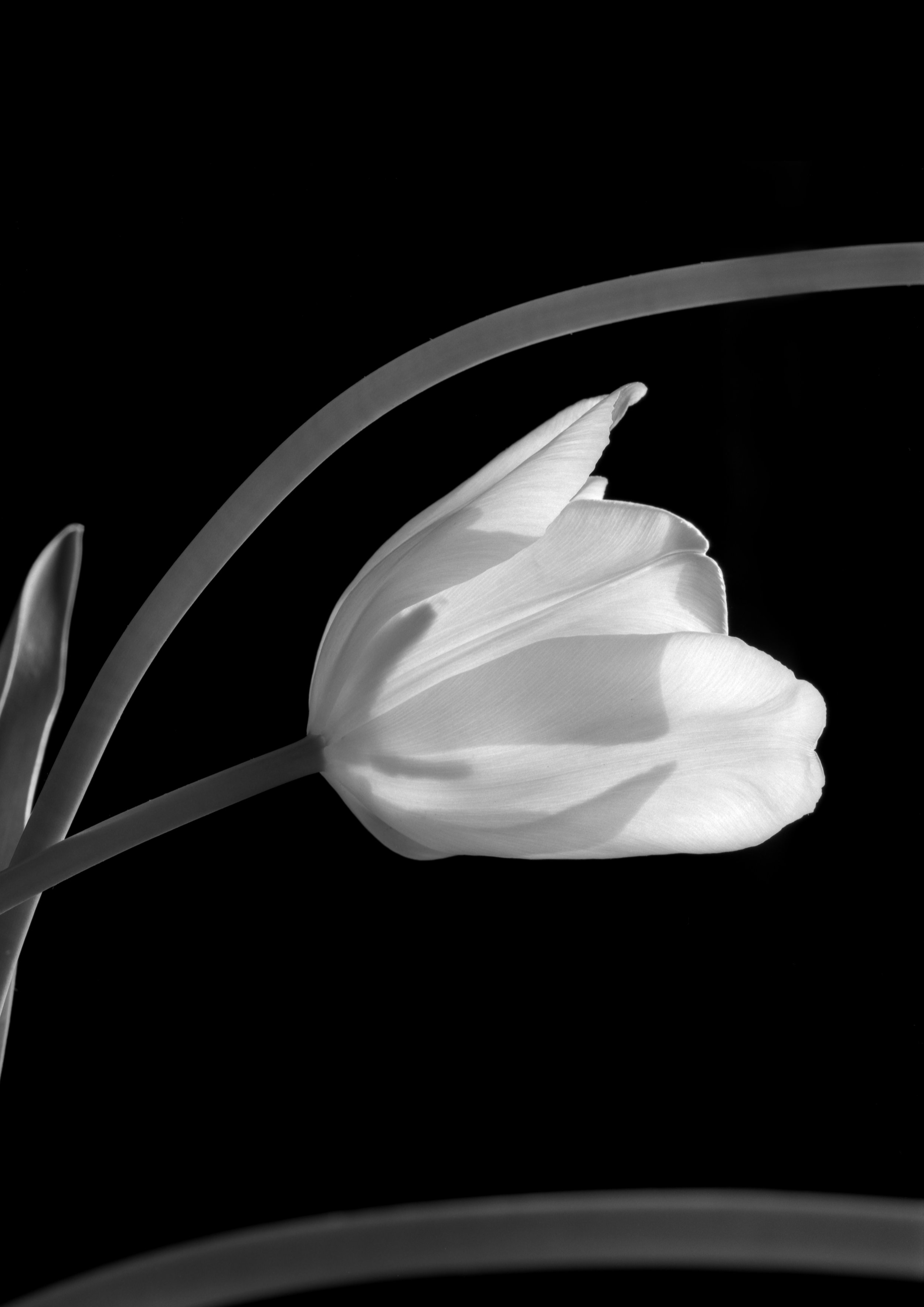
His exploration of photogram will show no end. In the case of scangram, I see no reason why the motif should be limited to plants; potentially, the range of subject matter could be expanded to various objects and living things – including human. Having said that, I feel it was genuinely positive that he started the series with botanical motifs; as the “owers of the shadow” , emanating subtly in the darkness, illuminate the artist himself - reticent, yet remarkably passionate deep inside.
Merci’s Editor-in-chief have an interview with Mr. Nishimura:
Why did you choose to be a photographer?
At a young age, I bought a camera and started to use it as a tool to understand my surroundings, and it gave me an instance of appreciation towards photography and art. I guess it’s not a matter of choice of what you will become, I can be an engineer or an astronomer if I have favored any of that path, but I realized being an artist and a photographer, it’s a selfless consideration. Nowadays, photography is a tool to socialize and engage us virtually; for me, it is a way to express my daily encounters and dialogues between me and with my family, friends, and surroundings. The first significant work I have published is called ‘Life,’ it’s a collection of photographs of my own ‘Ikebana’ or the Japanese art for flower arranging. Daily, I would take shots of tulips and my gift to my first-born daughter. After this experience, my knowledge grows without realizing that I am an artist and a photographer.
What is the inspiration behind your series “Blue Flower” and “Life”?
The “Blue Flower” series is an eight-year abstract of my daily encounters. I was inspired by Man Ray’s photogram, an old and classic shooting technique in which the subject is placed on chemically treated paper and exposed to a light without using a camera resulting to a monochrome image, my version of photogram which I called Scangram is another technique which creates a luminous negative digital version of photogram. The visual reversed effect adds a mystic silhouette as if the image is captured under a moonlight. I sometimes describe my “Blue Flower” series as “flowers of the shadow.”
In “Life” series, I have done years of experiment, capturing the beauty of my own ‘Ikebana’: the Japanese art of flower arrangement. The format which I would like to express is, one of the two translations of the word flower in Japanese Kanji characters (華) meaning elegance. On a dark setting, the flowers are photographed under natural light using a sophisticated camera - Hasselblad, a snapshot where my emotions and values resonate describing the balance between life and death, light and dark, and the Chinese principle of yin and yang.
Do you have any upcoming projects using the Photogram technique?
I am using my technique which is Scangram and will continuously use this technique to my projects. At the moment, I have an upcoming exhibition with Fabrik Gallery who will present my works including both “Blue Flowers” and “Life” series. In the exhibition, I have selected some of the photography works from my photo-catalog or catalog raisonné, and this is exciting for me as it will be my 2nd exhibition and a 1st solo exhibition to show my works.
What is the current Photogram culture in the Asia Pacific (if any) and how does it compare to other parts of the world?
Photogram is known to many professional photographers as students learn the darkroom techniques as early as the means to understand the fundamentals or principles of photography. However, there are not many photographers who have produced photogram works themselves and continue to publish. I think with ever growing and fast development of modern phones and technology as well as social media, this technique is not as accessible to this generation as it takes time to create the end product or image, so it is less used.
Yoichiro Nishimura
There is a dream-like atmosphere surrounding the world of images created by Yoichiro Nishimura - a dream subtly cool, erotic and mysterious.
If you wish to discover more about Yoichiro Nishimura and his Scangram, please visit the Asia https://www.asiacontemporaryart.com
or visit The Asia Contemporary Art Show, started on March 29th – April 1st, 2019 at the heart of Hong Kong, Conrad Hong Kong.
